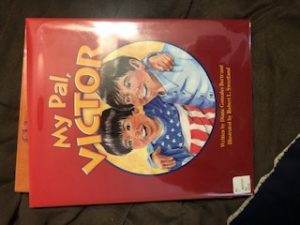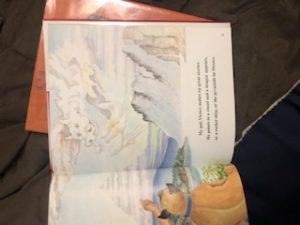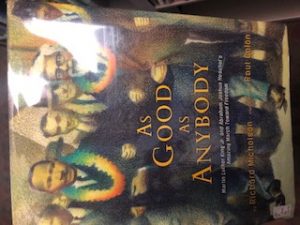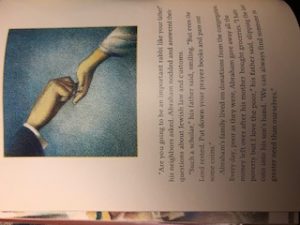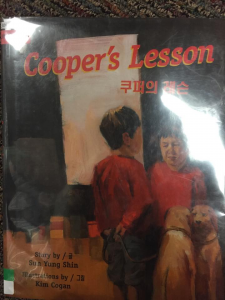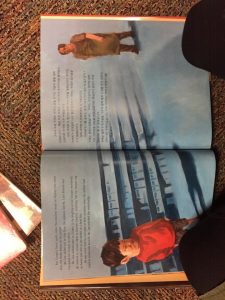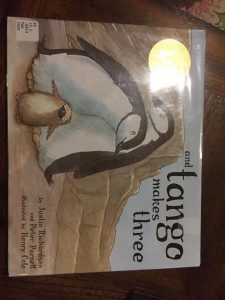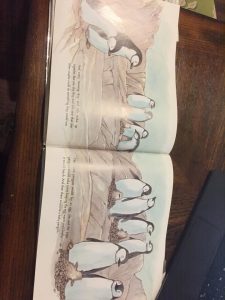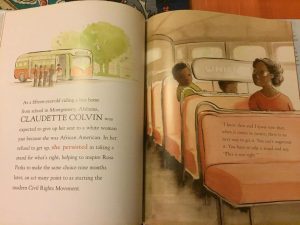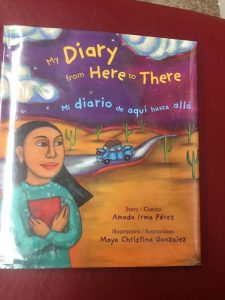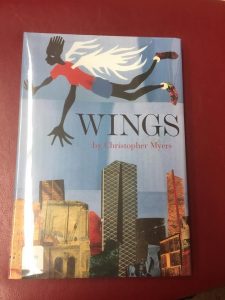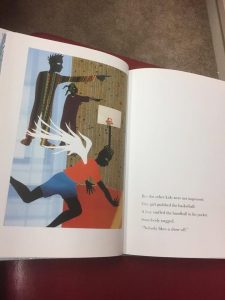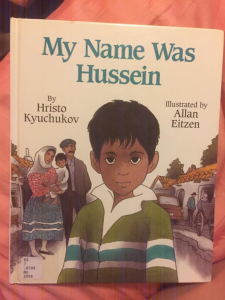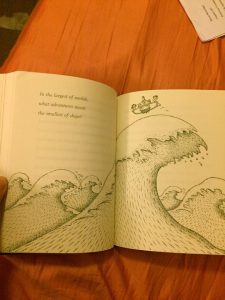Title: Hidden Figures
Author: Margot Lee Shetterly
Illustrator: Laura Freeman
Publisher and Year: HarperCollins Publishers 2018
Number of pages: 30
Tags: Culture, Diversity, Math, Non-fiction, Science, K-5, Joe Marras
Descriptive Annotation: This is a true story about four black women: Dorothy Vaughan, Mary Jackson, Katherine Johnson, and Christine Darden. These four women were some of the first black women to become engineers, and make strides in space and airplane technology. No background knowledge is needed for this because there is no actual math or science in this story, just a lot of mention of it because of how complicated the math they were doing is.
Classroom Application: This story has many classroom applications including history, math, and science. It could be used to tell the story of these four intelligent women or show real world applications of math and science. Also could be used to show african american scientists and mathematicians to show that they are indeed out there.
Linguistic and Cultural Diversity Analysis: This book represents african american culture and some of their struggles to gain equality in the workplace and in the world. Since this story takes place during the 1950’s, it can help show the fight for equality in America, and also can show the discrimination they felt by being segregated from white people, “They could not eat in the same restaurants. They could not drink from the same water fountains. They could not use the same restrooms.” This shows the segregation in America at the time, and helps to show how important it was for these women to do what they did. These women did amazing work and helped bring men to the moon and back down to earth, and advancing airplanes to prevent more crashes, among many other things, “No one knows how many lives her work may have helped save.” Talking about Katherine Johnson and her work, and no one can truly tally just many lives she saved, and no one probably even mentions it.


